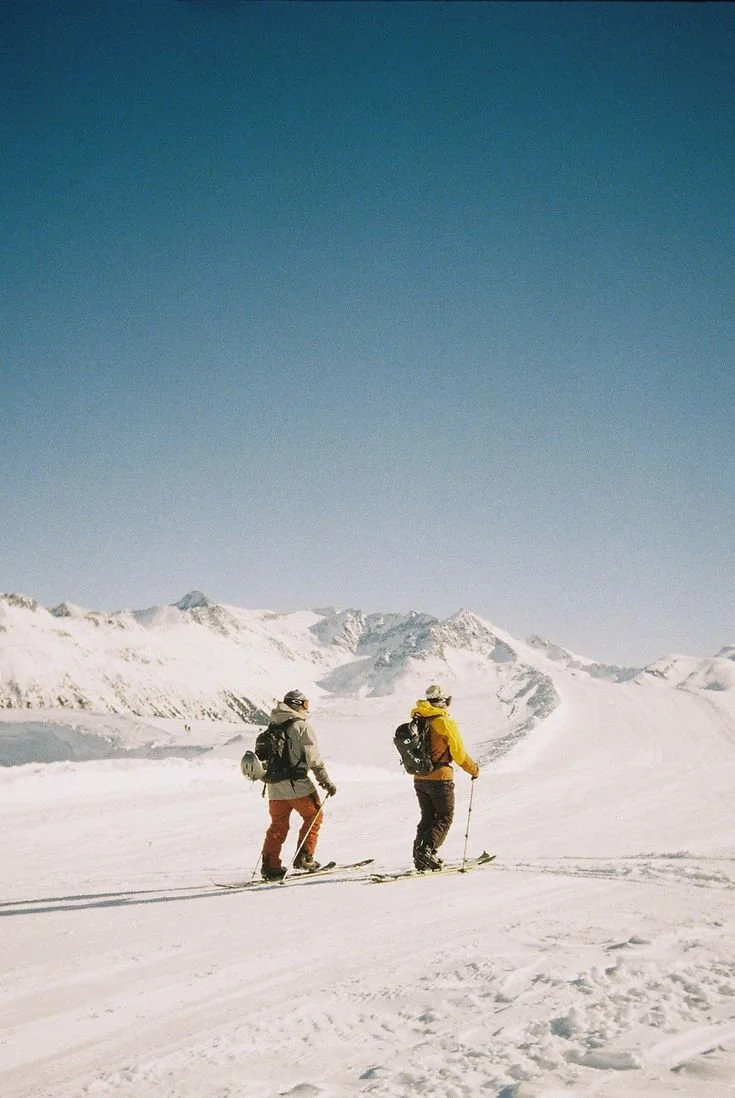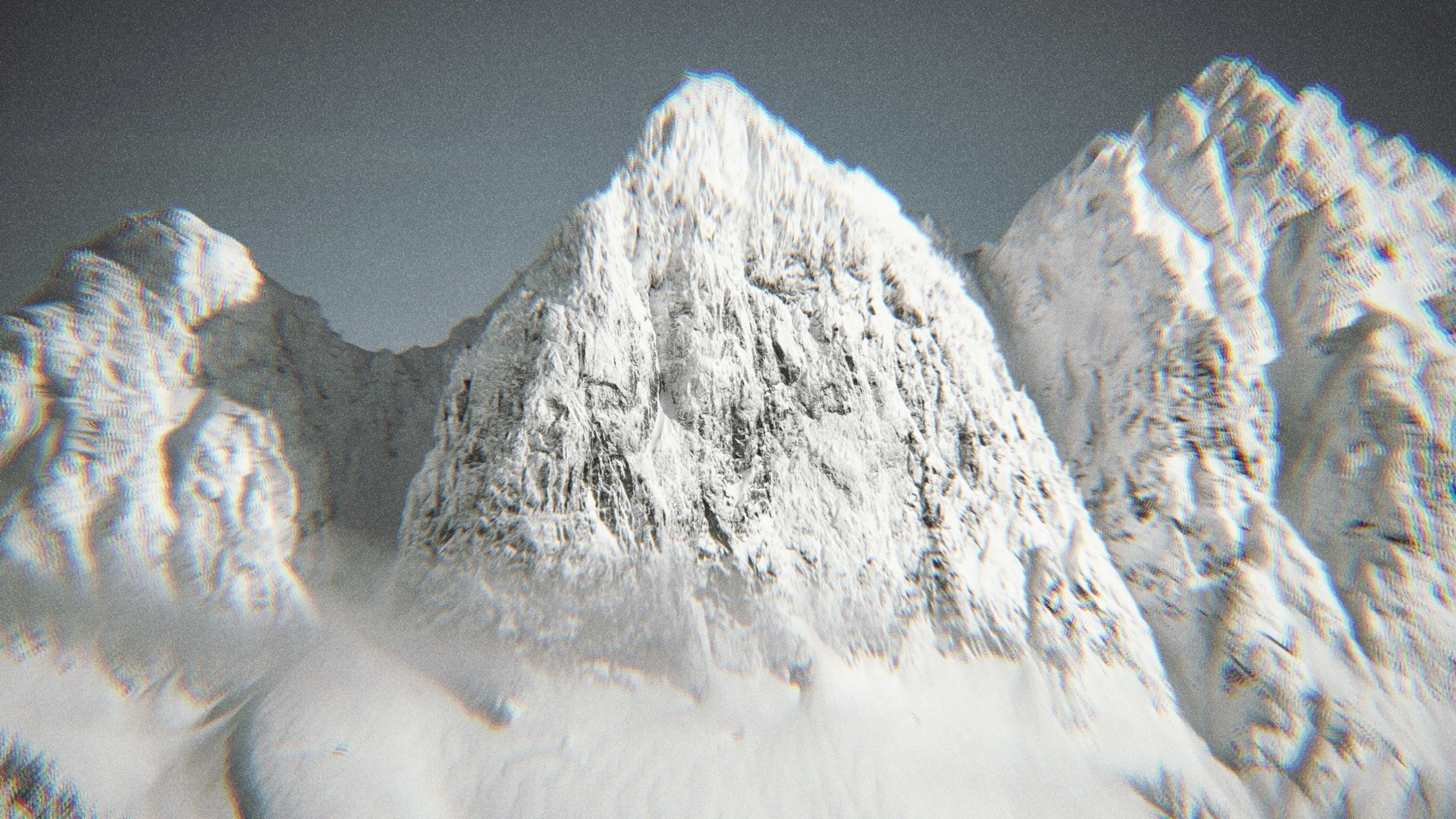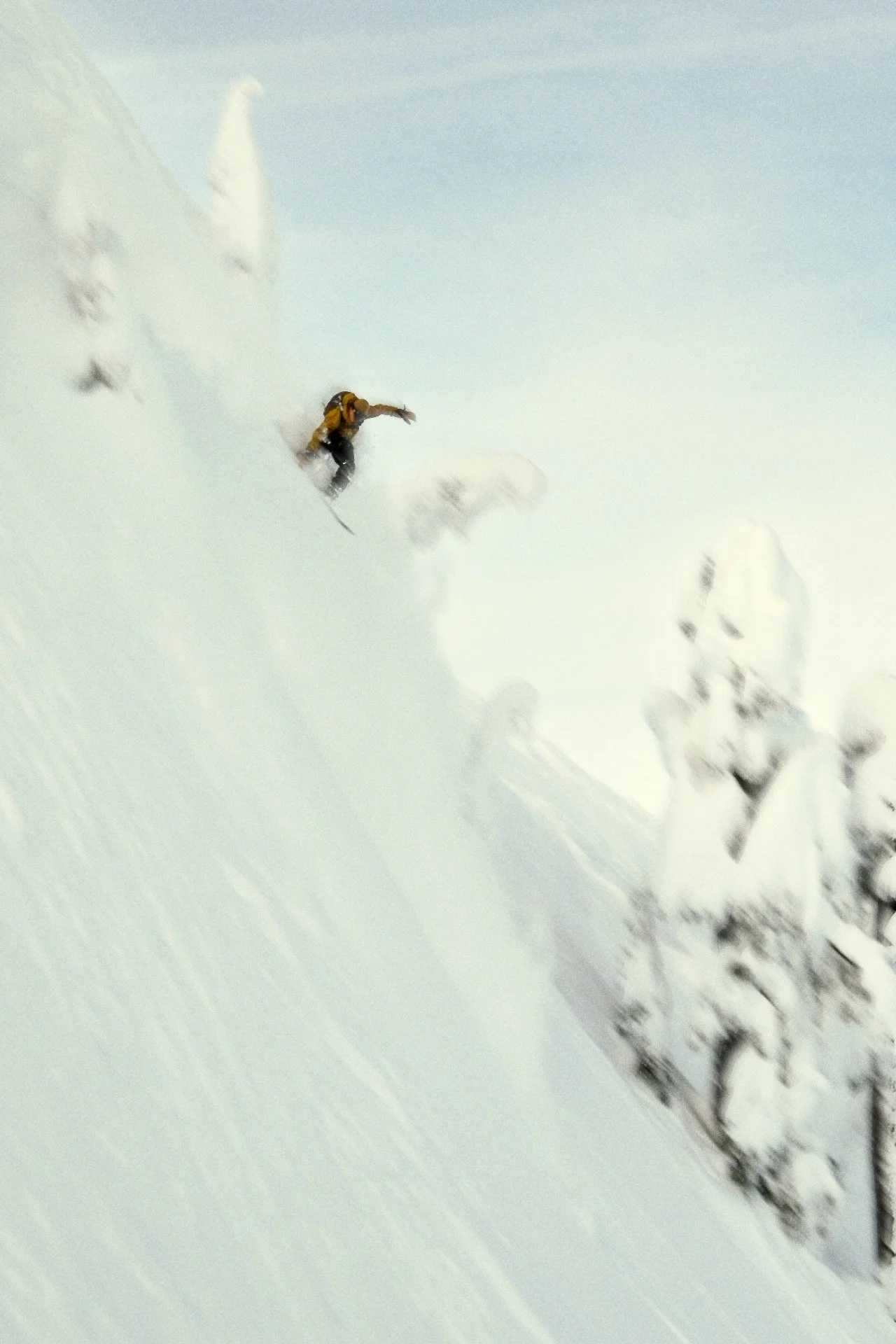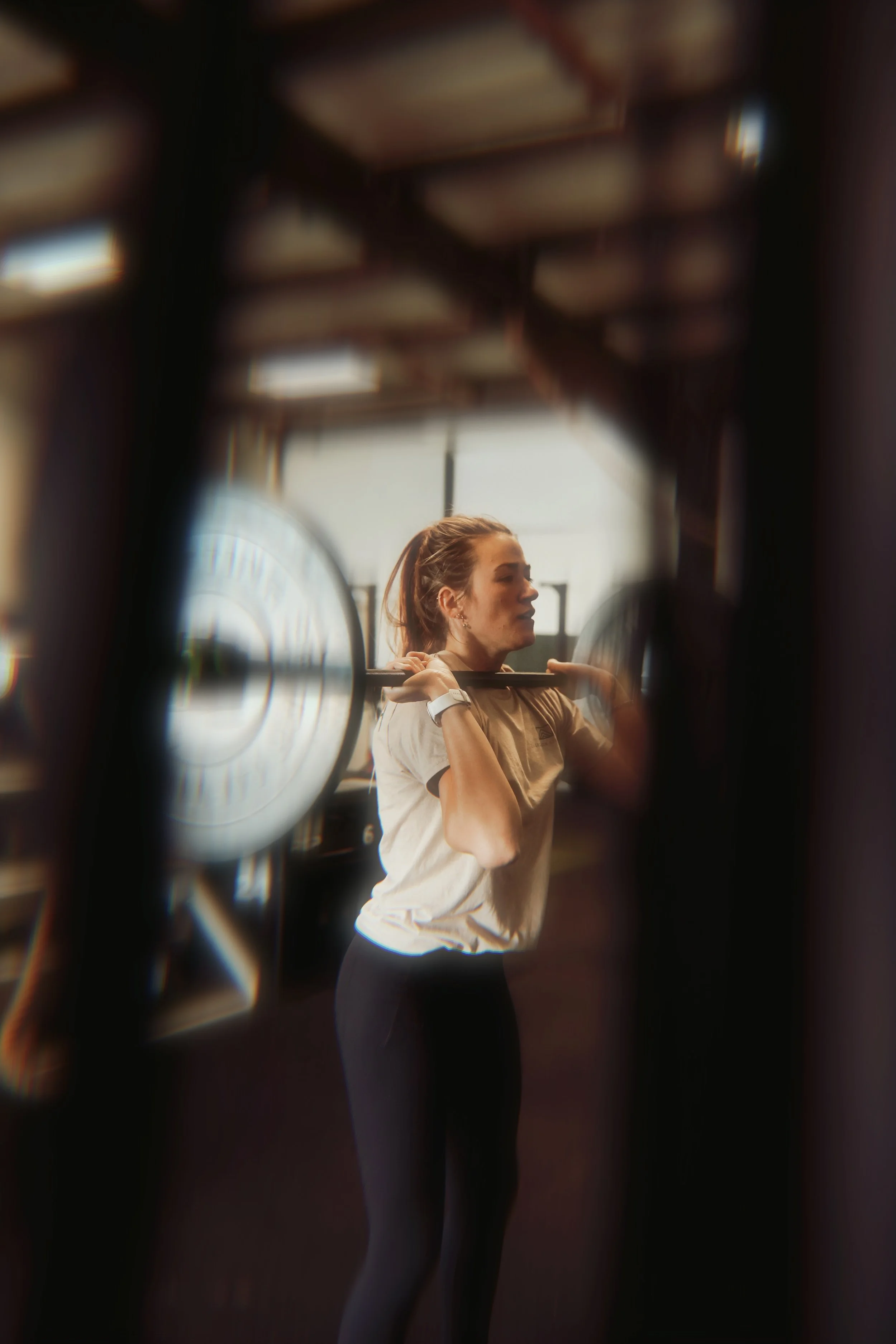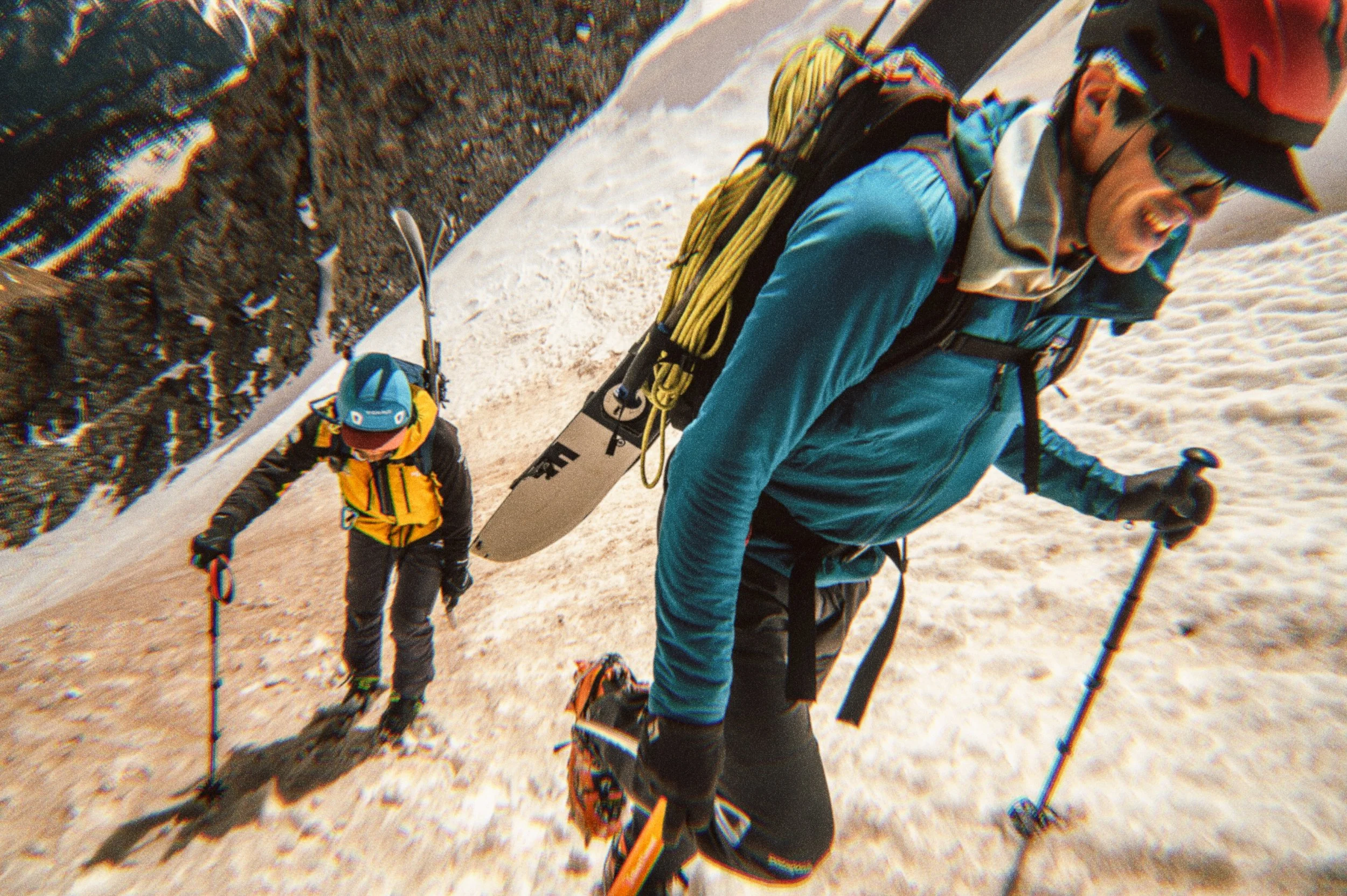
SKI & SNOWBOARD
SPECIFIC TRAINING
Why Ski and Snowboard-Specific Training Beats General Fitness Every Time
Skiing and snowboarding challenge your body in ways that general fitness classes or standard strength training simply don’t prepare you for.
Mountain performance requires more than general fitness—it demands power, strength and stability that transfer directly to the slopes.
Here’s why ski and snowboard-specific training matters so much more than a standard workout routine:
Mountain Strength has Unique Requirements
Traditional training may help build muscle and cardiovascular endurance, but they don’t necessarily replicate the forces your legs and core face on snow. Skiing and snowboarding require your muscles to stay under tension for long periods while constantly adjusting to terrain changes.
You won’t just feel stronger—you’ll ride smoother, stay in control, and last longer on the mountain.
Your programming should focus on:Eccentric leg strength to absorb landings and maintain control on descents.Glute and hamstring endurance for stability and power throughout long runs.Core and oblique strength to help you stay balanced and strong through every turn.Explosive power to charge through dynamic changes in terrain

FREE TRAINING PLAN
Get Slope-Ready with the Evergreen.
Unlock our FREE, structured skiing & snowboarding training plan — designed to build the strength, endurance, and resilience you need for the mountains.
- Step-by-step training schedule tailored for skiers & snowboarders
- Guided strength, cardio, and recovery workouts
- Expert tips on load management, mobility, & injury preventionBalance & Coordination are Key
Skiing and snowboarding constantly test your ability to stay centered over changing terrain.
Better balance means better performance—and fewer falls.
That’s why you should focus on the following:
Single-leg strength to build the control you need when being on an edge or landing.Rotational and anti-rotational core movements to enhance control and responsiveness.Dynamic Stability Exercises that improve your control over changing terrain.n
Reducing Risk of Injury Starts in the Off-Season
Knee, hip, and ankle injuries are common in snow sports—but with the right preparation you can mitigate these risks. Proper winter training will help you strengthen the stabilizing muscles that protect your joints when things get unpredictable on the hill.
You’ll go into the season confident, resilient, and ready for whatever the mountain throws at you.
Integrate:
Mobility training for greater range of motion and safer movement.Joint stability exercises for knees and hips.Plyometric control drills to train safe landings and improve reaction time.
Build the Right Kind of Endurance
Skiing and snowboarding are stop-and-go sports—explosive runs followed by short recovery periods. Standard cardio training doesn’t match that rhythm.
Your conditioning sessions should mirror those real on-snow demands, using interval-based leg endurance and power training to help you push hard through every lap and recover faster between them.
Build your anaerobic threshold and improve your riding.
Ride Better. Have More Fun. Recover Faster.
The payoff for training specifically for snow sports isn’t just performance—it’s enjoyment. When your legs don’t give out halfway through the day and your turns feel effortless, every run becomes more fun.
Ski and snowboard-specific training helps you ride longer, feel stronger, and recover faster, so you can make the most of your time on the mountain.
How to Prevent Injuries While Training for Skiing & Snowboarding
Skiing and snowboarding place stress on knees, hips, and back. Smart preseason training helps by:
The key to preventing injuries while training for skiing and snowboarding is combining strength work, mobility drills, and progressive loading. Here’s how:
- Build leg and glute strength with squats, lunges, and step-ups to protect your knees on steep descents
- Train your core and lower back with planks, carries, and anti-rotation movements for stability under a heavy pack- Add ankle and hip mobility drills to improve balance on uneven terrain and reduce the risk of sprains
- Progress your pack weight and mileage gradually instead of jumping into long, heavy hikes too quickly
- Include at least one day per week of active recovery (mobility, foam rolling, light walking) to reduce overuse injuriesPreparing your body in advance ensures your hiking training plan builds strength without breaking you down, so you arrive at the trail feeling confident, not injured.
FAQ’s
-
To get in shape for ski season, focus on a preseason ski training plan that combines strength, cardio, and balance. Leg exercises like squats and lunges build power, while endurance cardio prepares you for long days on the slopes. Add core and mobility drills to stay injury-free.
-
Most skiers need 8–12 weeks of consistent training to feel fully prepared, but even 4–6 weeks can make a difference. The more time you give yourself, the more you can build strength, improve endurance, and reduce the risk of injuries when the season starts.
-
If you only have a month, focus on high-impact preseason ski exercises: bodyweight squats, lunges, core stability drills, and short interval cardio sessions. Training 4–5 days per week with a mix of strength and endurance work can noticeably boost fitness in just 30 days.
-
An 8-week ski training plan should balance strength, cardio, and mobility. Dedicate two days to leg and core strength, two days to endurance cardio or intervals, and one day to balance and plyometric training. This structure builds the stamina and stability needed for the mountain.
-
Start your ski preseason training 8–12 weeks before your first day on the slopes. This gives your body time to adapt, build leg power, and develop balance, so you perform better and stay injury-free once the season kicks in.
-
The best ski exercises are squats, lunges, plyometrics, and core drills. These movements build explosive power, stability, and agility — all essential for carving turns, absorbing impact, and handling variable terrain.
-
Prevent knee injuries by strengthening glutes, hamstrings, and quads, while also improving hip and ankle mobility. A balanced ski workout plan lowers the risk of ACL tears and keeps your knees stable on the slopes.
-
Yes. Skiing and snowboarding require explosive power, balance, and rotational strength that general workouts don’t cover. Ski-specific strength training ensures your muscles and joints are ready for the unique demands of the mountain.
-
Practice single-leg drills, rotational core exercises, and BOSU ball work. These moves simulate the shifting weight and edge control of snowboarding, helping you ride with more control and stability.


